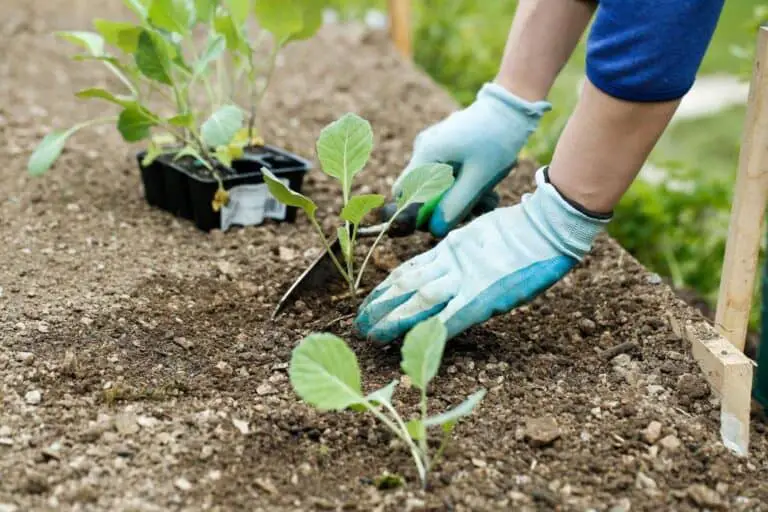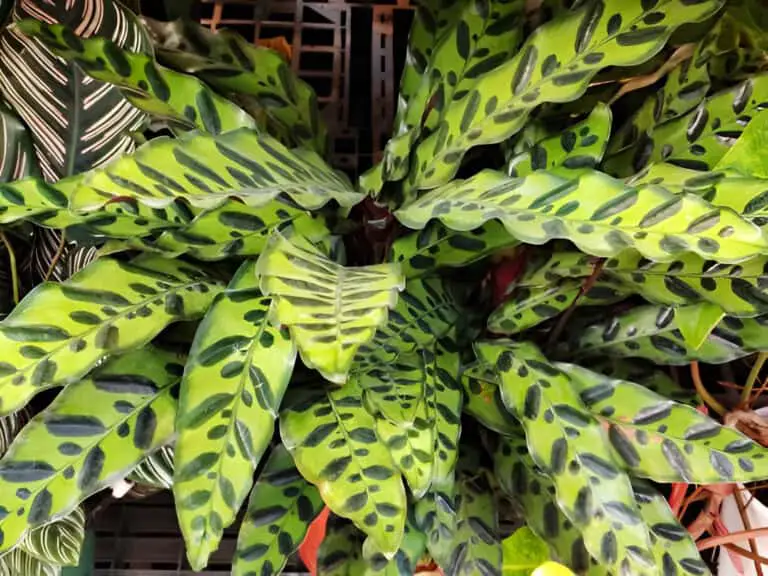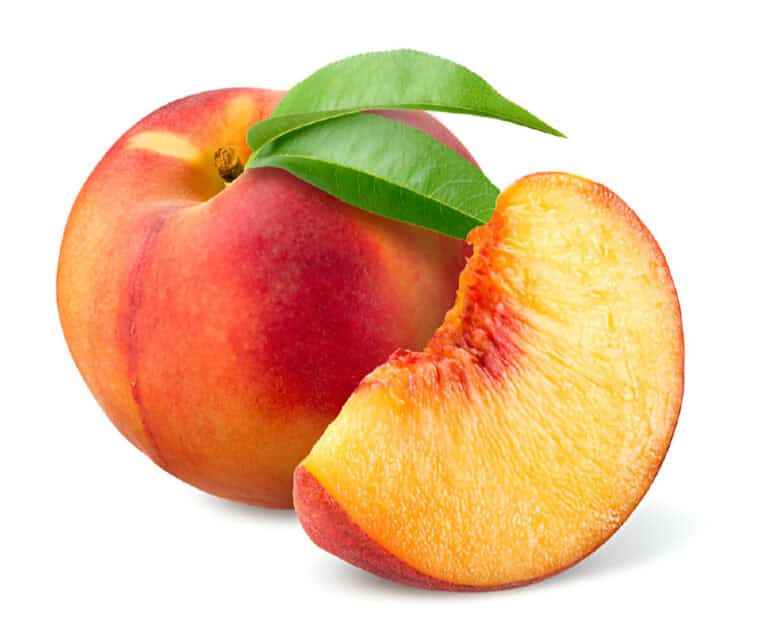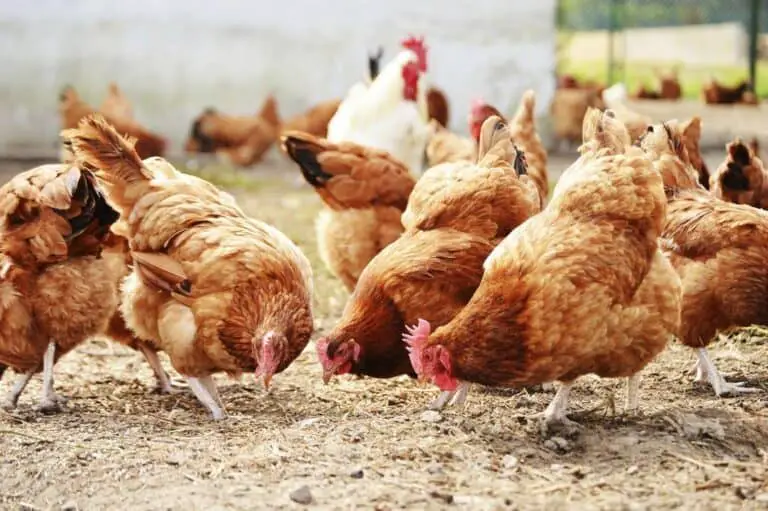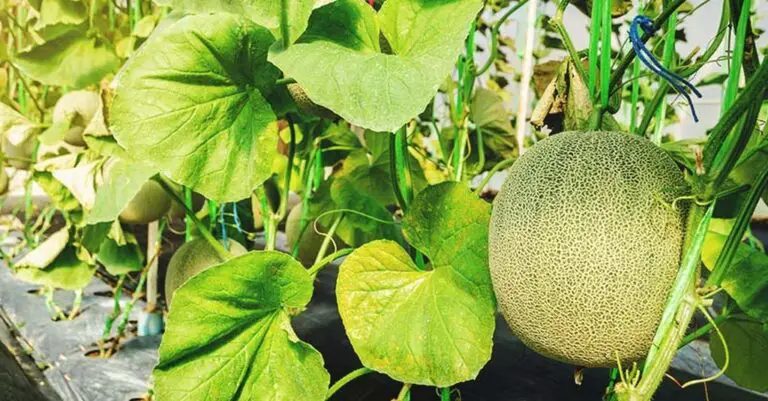When to Plant Sunflower Seeds Indiana: Guide for Optimal Growth

Have you ever imagined your Indiana garden being filled with a sea of bright sunflowers? Timing your sunflower seed planting just right can turn that vision into a reality. You may want to brighten your landscape with towering sunflower blooms. Or, you may be hoping to attract pollinators to your garden. Either way, knowing the best time to plant is key.
In this article, we delve into the best times to plant sunflower seeds in Indiana. We consider the state’s climate and soil. Master the timing and techniques for sunflower seed planting. Then, you’ll be ready to grow a stunning display of these cheerful flowers in your own backyard.
Understanding Indiana’s Climate
Indiana has cold winters and warm, humid summers. This makes it good for growing sunflowers. The state is divided into different climate zones. Each has slightly varying conditions that affect planting times.
| Climate Zone | Best Planting Time |
| Northern Indiana | Early to Mid-May |
| Central Indiana | Late April to Early May |
| Southern Indiana | Mid to Late April |
Best Times to Plant Sunflower Seeds
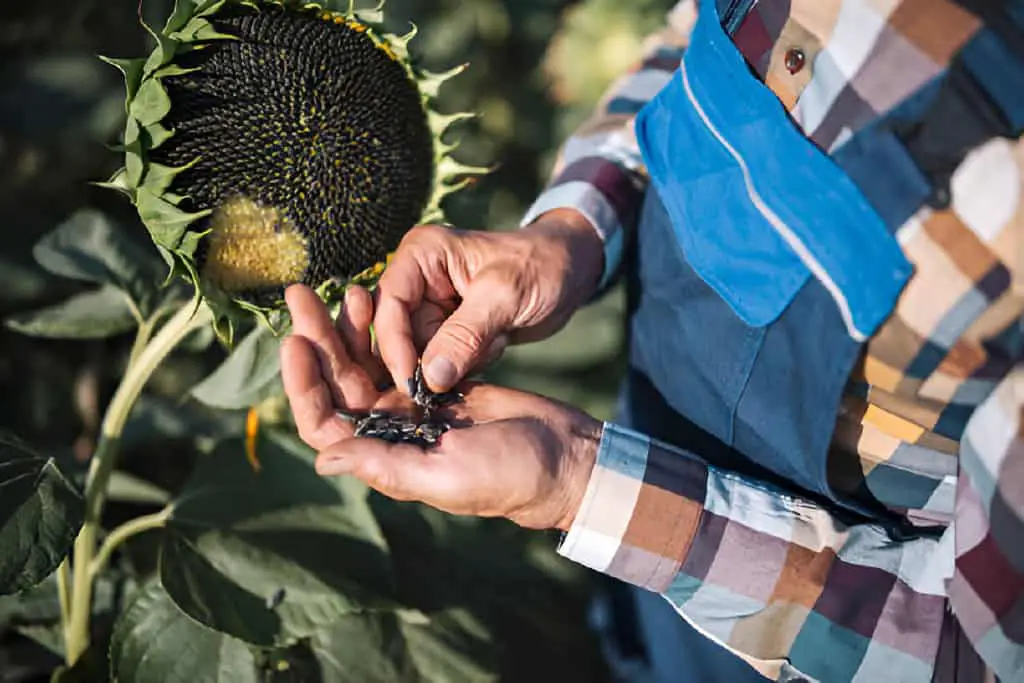
Choosing the optimal planting time is crucial for a successful sunflower crop. Sunflowers can be sown directly in the garden once the soil has warmed and there is no risk of frost. Here’s a detailed look at the best planting windows for different regions in Indiana:
- Northern Indiana: Plant sunflower seeds from early to mid-May. The soil temperature should be at least 50°F for optimal germination.
- Central Indiana: Late April to early May is the ideal planting window. Ensure the last frost has passed and the soil is sufficiently warm.
- Southern Indiana: The warmer climate allows for an earlier planting season, from mid to late April. This gives sunflowers a head start on the growing season.
Preparing to Plant Sunflowers
Proper preparation is the key to a successful sunflower crop. Here are the steps to follow:
- Choosing Varieties: Select sunflower varieties suited to your needs and preferences. Popular varieties include ‘Mammoth’, ‘Autumn Beauty’, and ‘Teddy Bear’. Consider the mature height, flower size, and bloom duration when choosing varieties.
- Soil Preparation: Sunflowers thrive in well-drained, fertile soil with a pH of 6.0 to 7.5. Prepare the soil by tilling it to a depth of 8-12 inches and incorporating organic matter such as compost or well-rotted manure. This improves soil structure and fertility, providing a good environment for sunflower growth cycle.
- Planting Depth and Spacing: Plant sunflower seeds 1-2 inches deep and space them 6-12 inches apart, depending on the variety. Larger varieties need more space, while smaller or dwarf varieties can be planted closer together. Proper spacing ensures adequate airflow and reduces the risk of disease.
Planting Techniques
Planting sunflower seeds correctly is crucial for their development. Follow these steps for optimal planting:
- Direct Sowing: Sunflowers are best sown directly in the garden. Sow seeds 1-2 inches deep in rows or clusters, spacing them according to the variety. Water the seeds thoroughly after planting to help them establish roots.
- Succession Planting: Succession Planting keeps a continuous display of blooms. To do it, sow seeds every two weeks from late April to early June. This ensures a prolonged flowering period and a steady supply of sunflowers.
Caring for Sunflowers
Proper care is crucial for the healthy growth of sunflowers. Here are some tips to keep your sunflowers thriving:
Watering
Sunflowers need regular watering, especially during dry spells. Water the plants deeply once a week, ensuring the soil remains moist but not waterlogged.
| Read: Are Sunflowers Poisonous and Toxic To Other Plants? |
Fertilizing
Fertilizing sunflowers is crucial. It ensures they reach their full potential. They will have vibrant blooms and sturdy stalks. These tall plants have bright, cheerful flowers. They greatly benefit from nutrient-rich soil. To do this, you must understand sunflowers’ specific needs. You must give them the right type and amount of fertilizer as they grow.
Sunflowers thrive in well-drained soil that’s been enriched with organic matter. Before planting, mix in compost or aged manure. This will give the soil a good base of nutrients.
Once the sunflowers have sprouted and are a few inches tall, apply a balanced, slow-release fertilizer. It helps their rapid growth. This initial boost ensures that the young plants develop strong roots and stems.
Common Pests and Diseases
Sunflowers are generally hardy plants, but they can still fall prey to pests and diseases. Some common issues include:
Pests
- Aphids: Small, sap-sucking insects that can cause stunted growth.
- Cutworms: Larvae that feed on the stems at soil level, causing plants to wilt.
- Sunflower Beetles: Feed on leaves and flowers, causing significant damage.
Diseases
- Powdery Mildew: A fungal disease that causes a white, powdery coating on leaves.
- Rust: Causes orange or reddish-brown pustules on leaves and stems.
- Downy Mildew: Leads to yellowing and wilting of leaves.
| Also check: Do Sunflowers Face Each Other? |
Harvesting Sunflowers
Knowing when and how to harvest sunflowers is essential to enjoying their beauty and benefits fully. Here are the steps for harvesting:
- Timing: Harvest sunflowers when the back of the flower head turns yellow and the petals start to wilt.
- Cutting: Use sharp scissors or pruners to cut the stem about 12-18 inches below the flower head.
- Drying: Hang the flower heads in a dry, well-ventilated area to dry for a few weeks.
Table: Quick Reference Guide for Planting Sunflower Seeds in Indiana
| Factor | Details |
| Ideal Planting Time | Late April to mid-May |
| Soil Temperature | 50°F to 70°F |
| Soil pH | 6.0 to 7.5 |
| Sunlight Requirements | Full sun (6-8 hours/day) |
| Seed Spacing | 6-12 inches (small varieties), 12-24 inches (large varieties) |
| Planting Depth | 1-2 inches |
| Watering | Deep watering once a week |
| Common Pests | Aphids, cutworms, sunflower beetles |
| Common Diseases | Powdery mildew, rust, downy mildew |
Conclusion
Planting sunflower seeds in Indiana can be a delightful and fulfilling experience. You can have a garden full of vibrant, tall sunflowers. To get them, you need to understand the state’s climate, prep the soil, and plant at the right time. And, you need to follow care guidelines.
You may plant them for beauty, seeds, or to attract pollinators. These sun-loving plants will bring joy and color to your garden. Happy planting!

